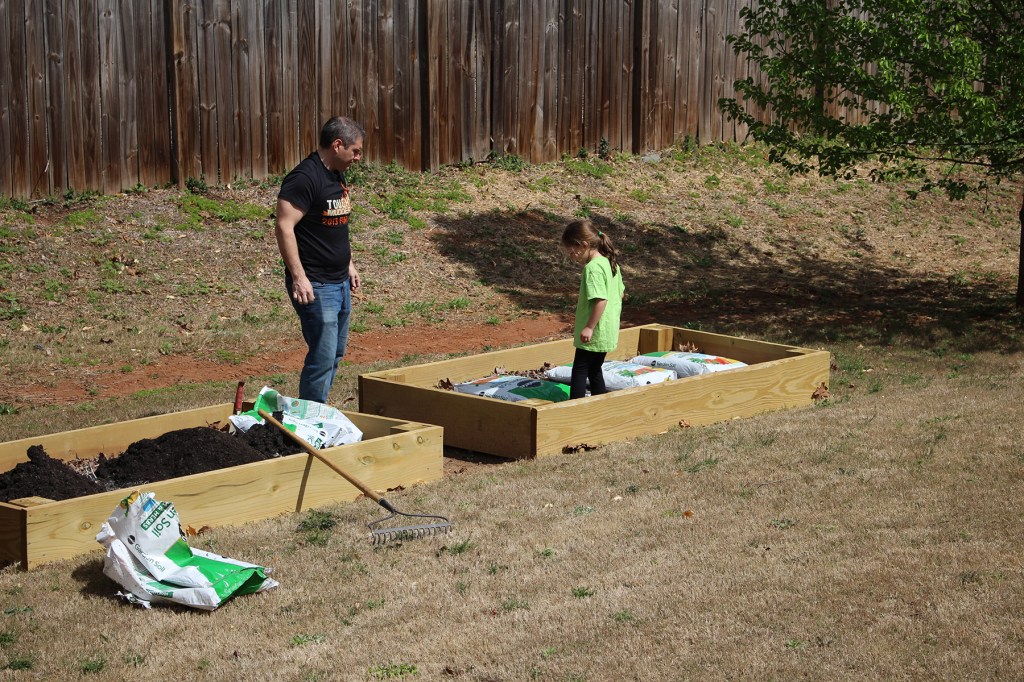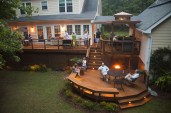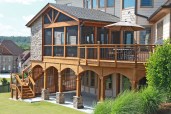Popular in Backyard Projects.
Pressure-treated lumber is natural and beautiful and is often mimicked by manufactured backyard materials, which can be more expensive. So why build with something that looks like wood, when you can build affordable, beautiful and long-lasting projects with the real thing? Professionals and do-it-yourselfers agree: nearly 60% of projects built by backyard contractors are created using pressure-treated lumber. The most popular of those projects is decks, but consumers also request and seek to build smaller, less involved projects such as picnic tables, benches, and raised bed gardens. The key to ensuring your outdoor project stands the test of time is choosing the right pressure-treated lumber for its intended use.
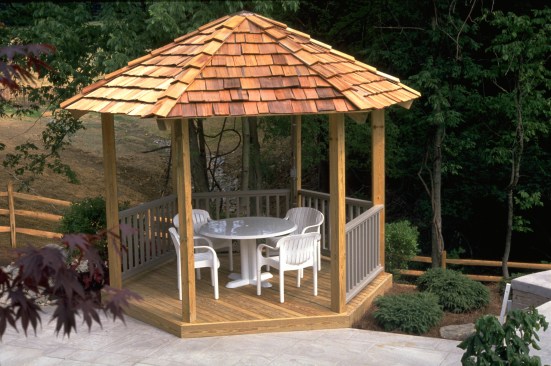
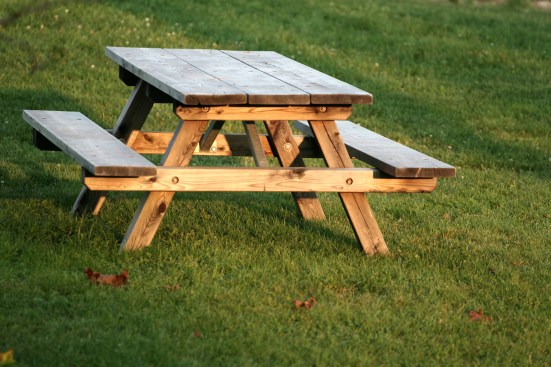
Selection and Use of Pressure-treated lumber.
Whether building a deck’s understructure or adding the final touches such as railing or built-in seating to your project, selecting the right treated wood for each application will help your project last longer. In recent years, the treated wood industry led by the American Wood Protection Association (AWPA) has worked together to lay out clear guidelines for choosing the right wood for each application. Most commonly, builders must choose whether to use Above Ground or Ground Contact treated wood. This decision rests on the severity of the exposure conditions of the wood during its service.
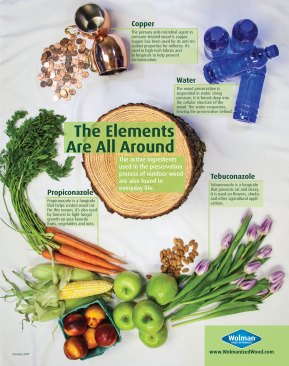
What’s in your wood? Look carefully to see that what’s in our wood are components found in many things you touch every day.
Wood treated for Above Ground use is intended for parts of your project that are at least 6 inches above the ground, where wood dries easily, and where the wood is well-ventilated around all boards. For example, elevated decking, railings, and built-in deck benches.
Ground Contact treated wood is versatile enough to be used in any application; however, it must be used in applications where the wood
- will come in contact with or be within 6 inches of the ground or fresh water
- is critical to the structure and difficult to repair or replace
- is in certain physically above ground uses exposed to harsher conditions such as prolonged contact with soil, vegetation or sprinklers
For example, joists, beams, posts, stair stringers and raised bed gardens.
Once the right wood is chosen building can begin. Pressure-treated lumber can be used in construction any time of the year. Wood is a versatile material that can be easily cut and shaped on site. And, the leftover wood from a large project can be repurposed for an additional, small project.
Got Extra Wood?
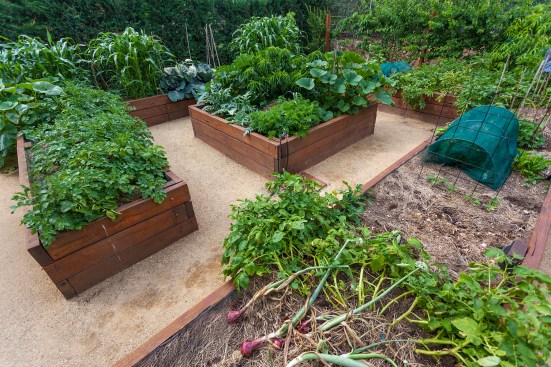
Raised wooden vegetable garden beds with healthy vegetables growing.
So, when your deck project is complete, what happens to the leftover wood? For the cost of just a little time, a contractor can add value to a customer’s project. Because wood is flexible and adaptable, the extra pressure-treated lumber from a larger project can be used to create an additional perk for customers, giving them the finishing touch on their outdoor oasis. A raised bed garden, for example, is the second most popular backyard project. This can be completed quickly and easily as an added bonus for a homeowner to cultivate and enjoy for many years to come.
To see plans for projects, visit www.WolmanizedWood.com.
